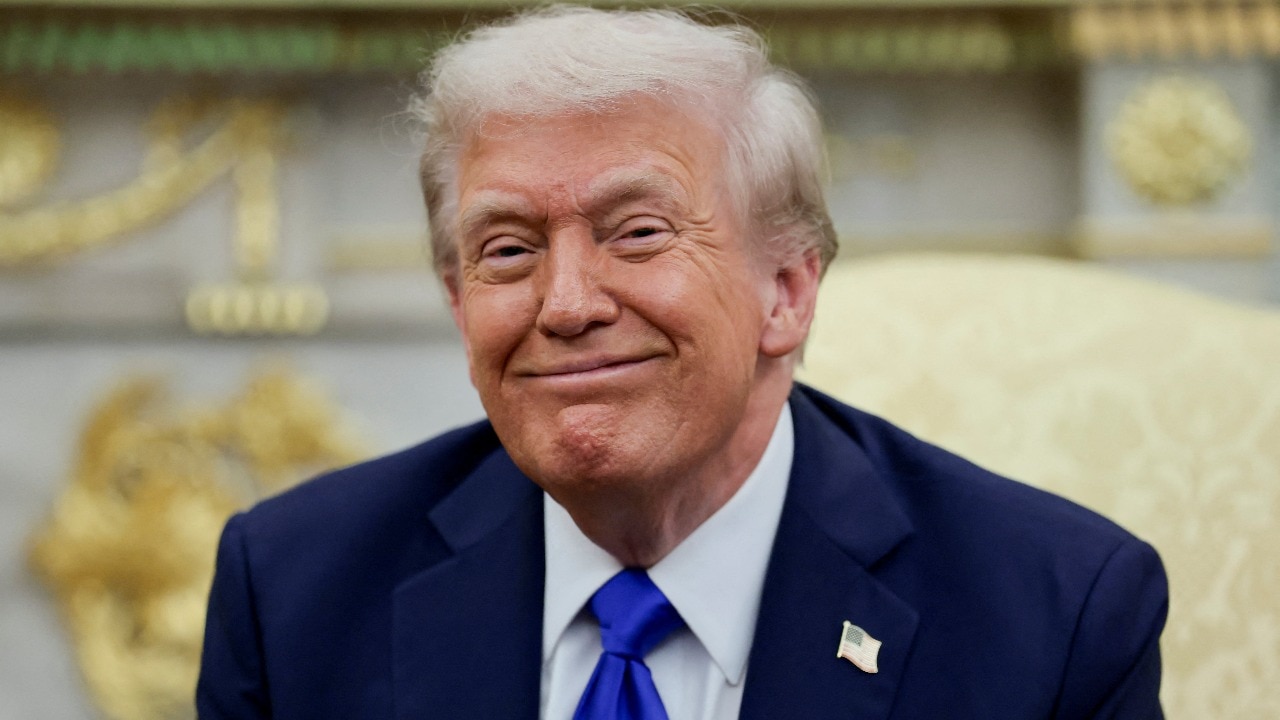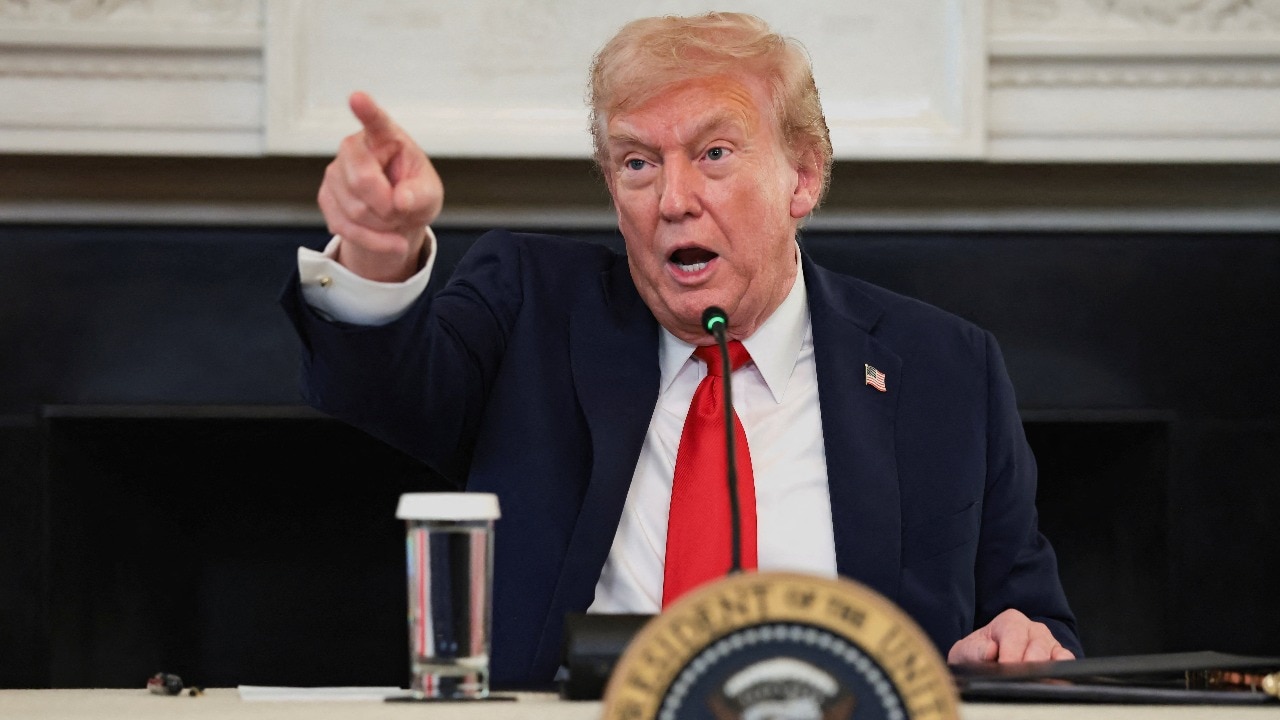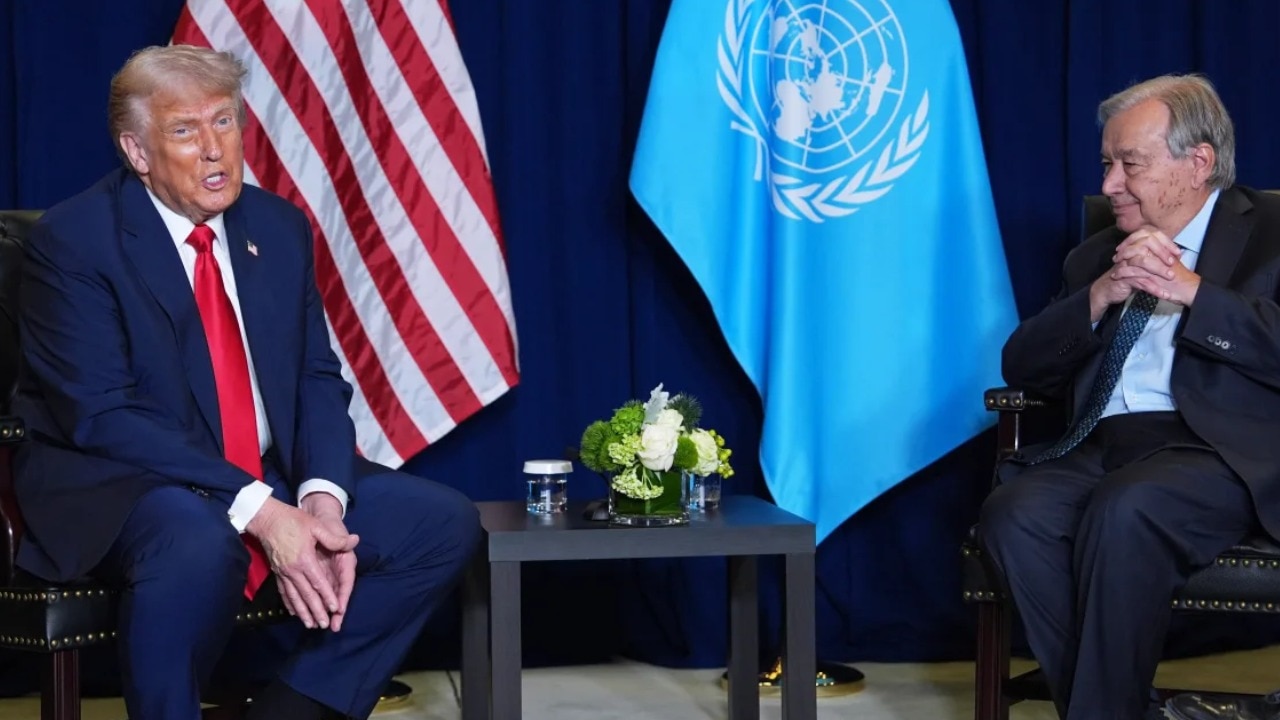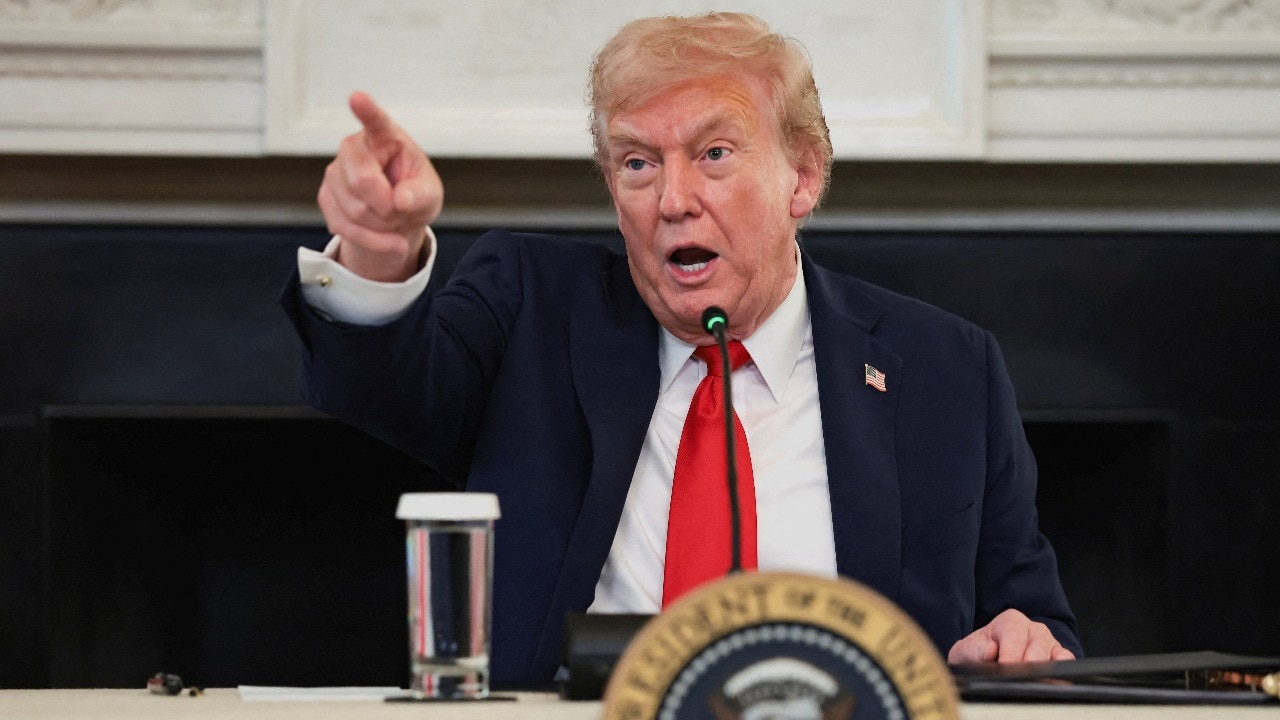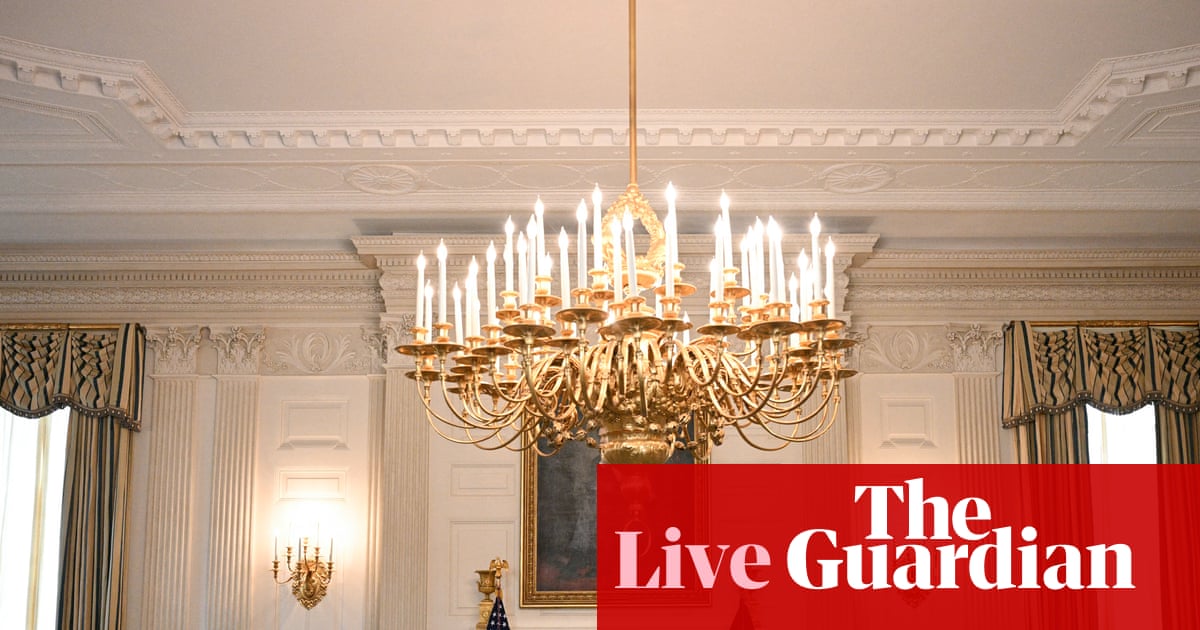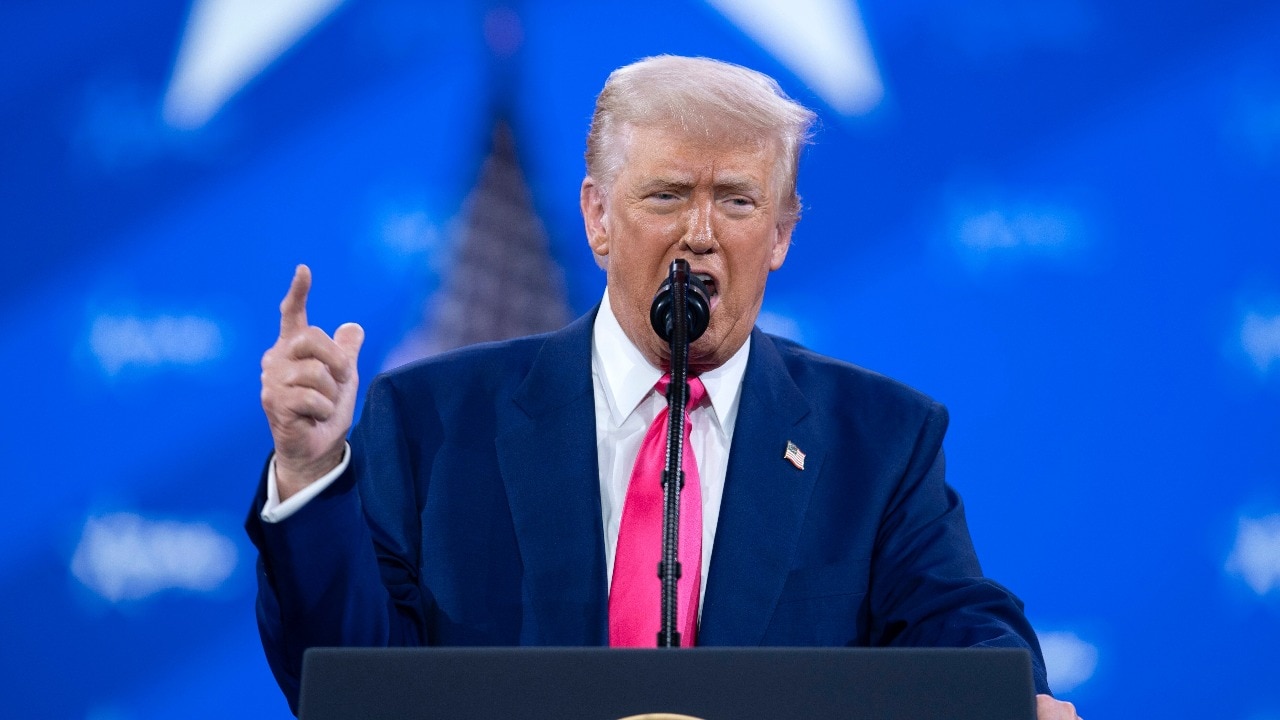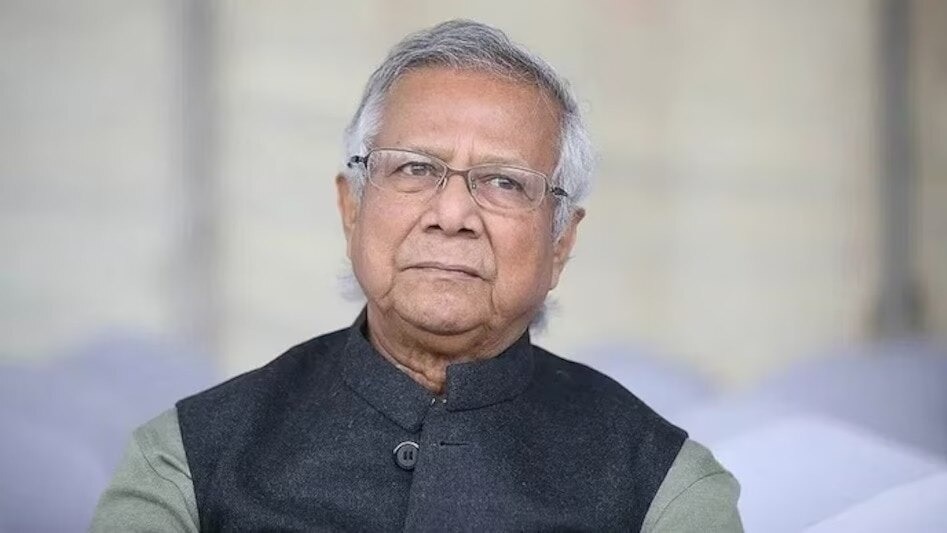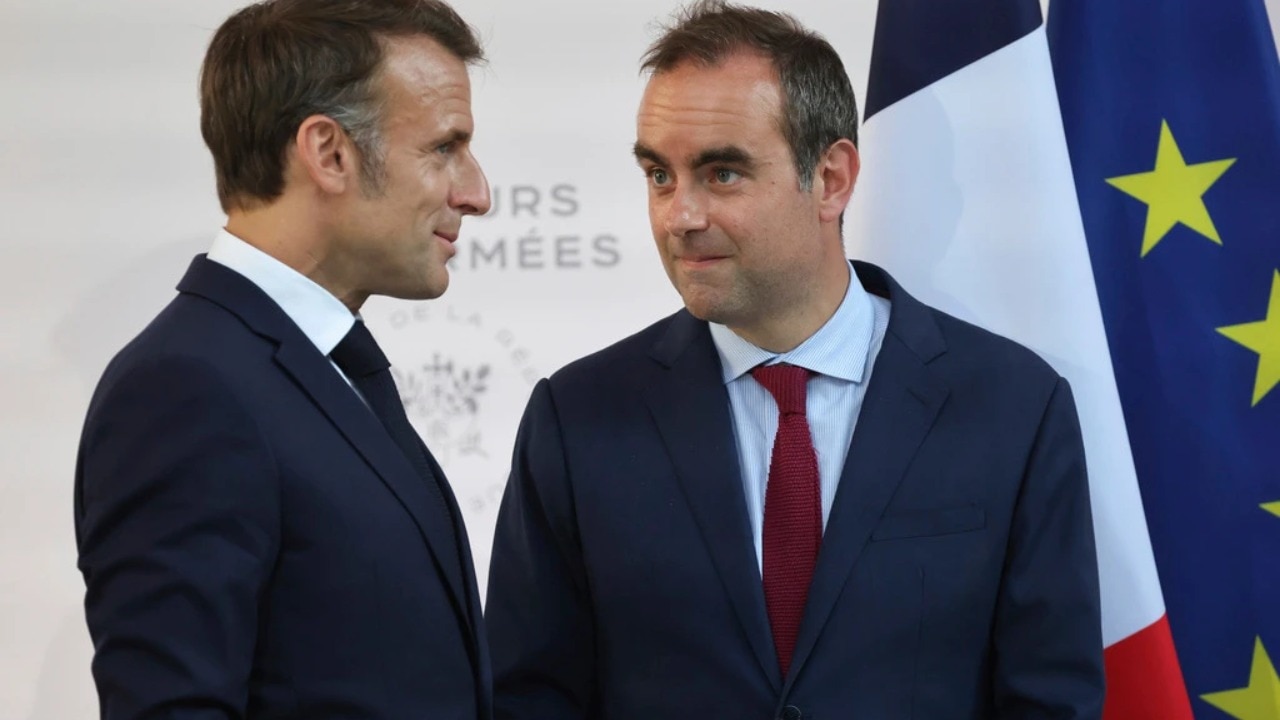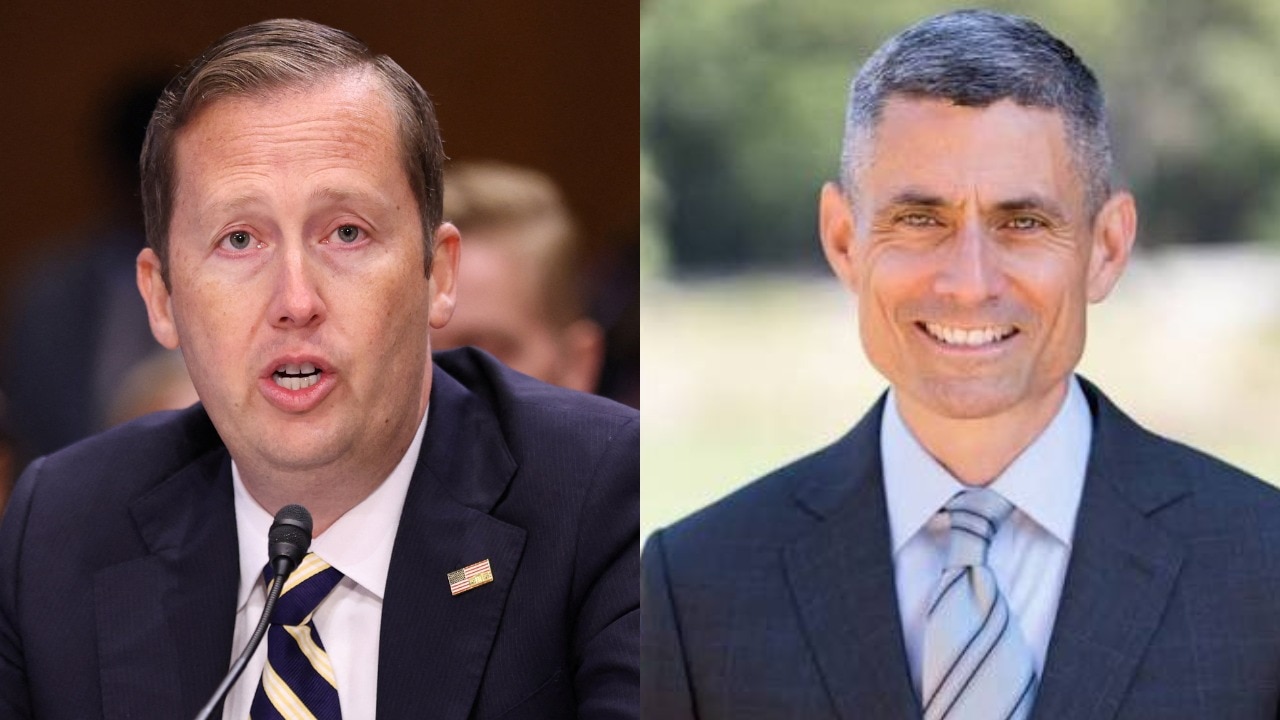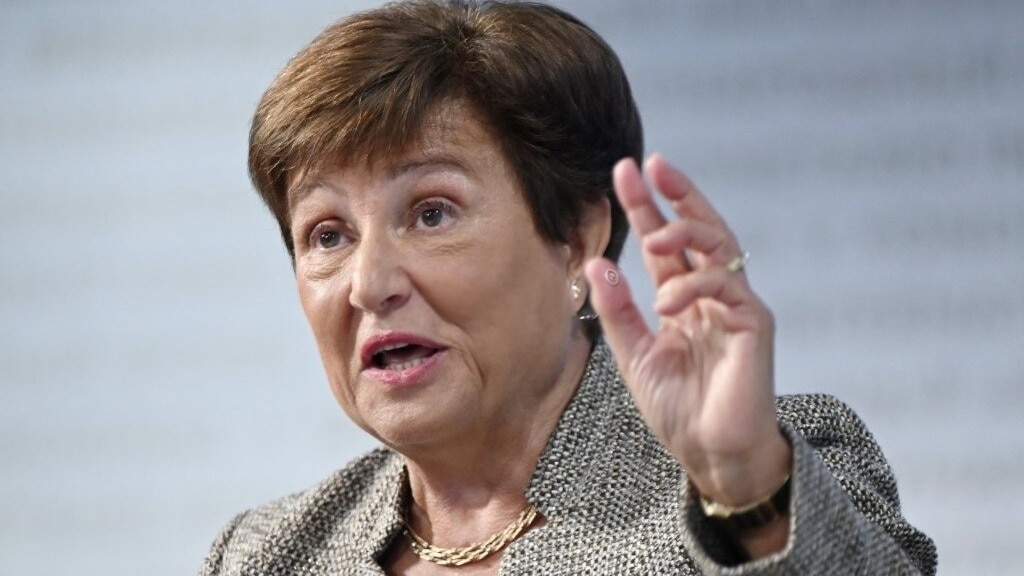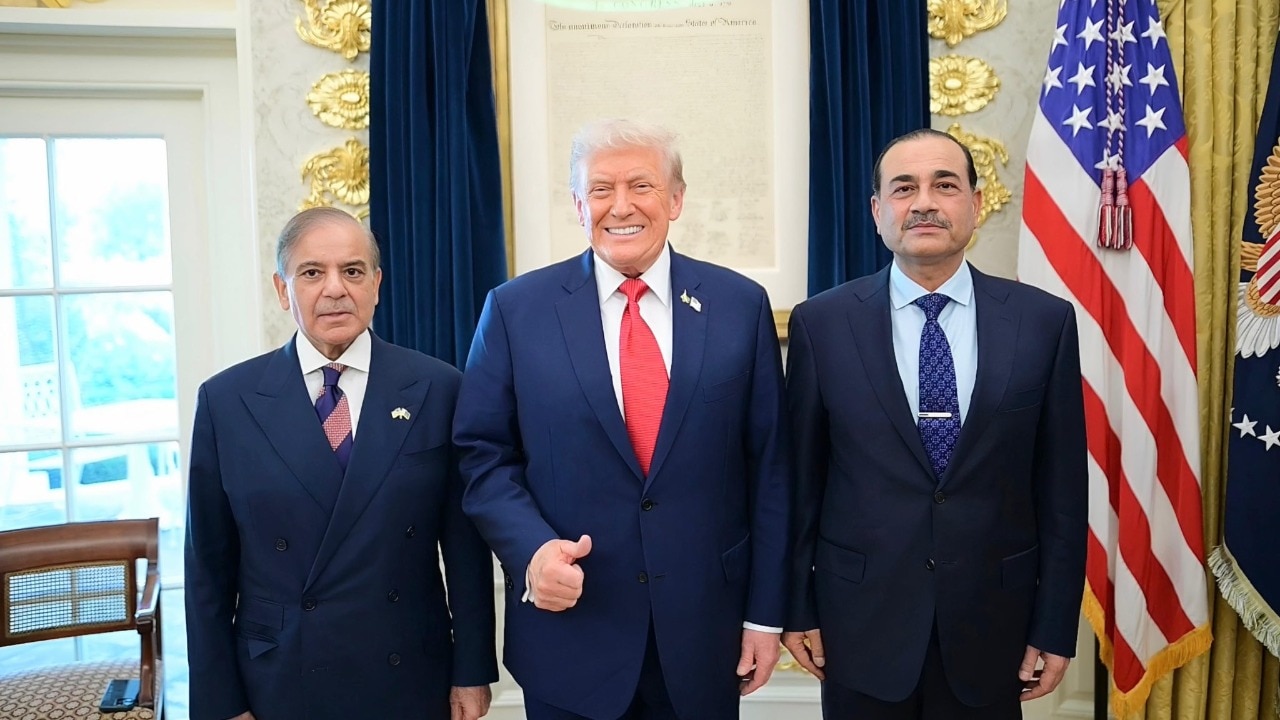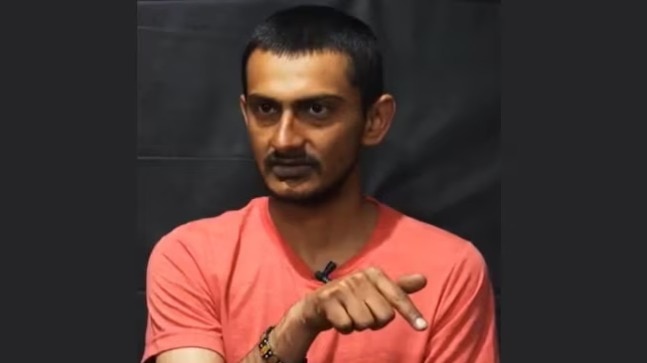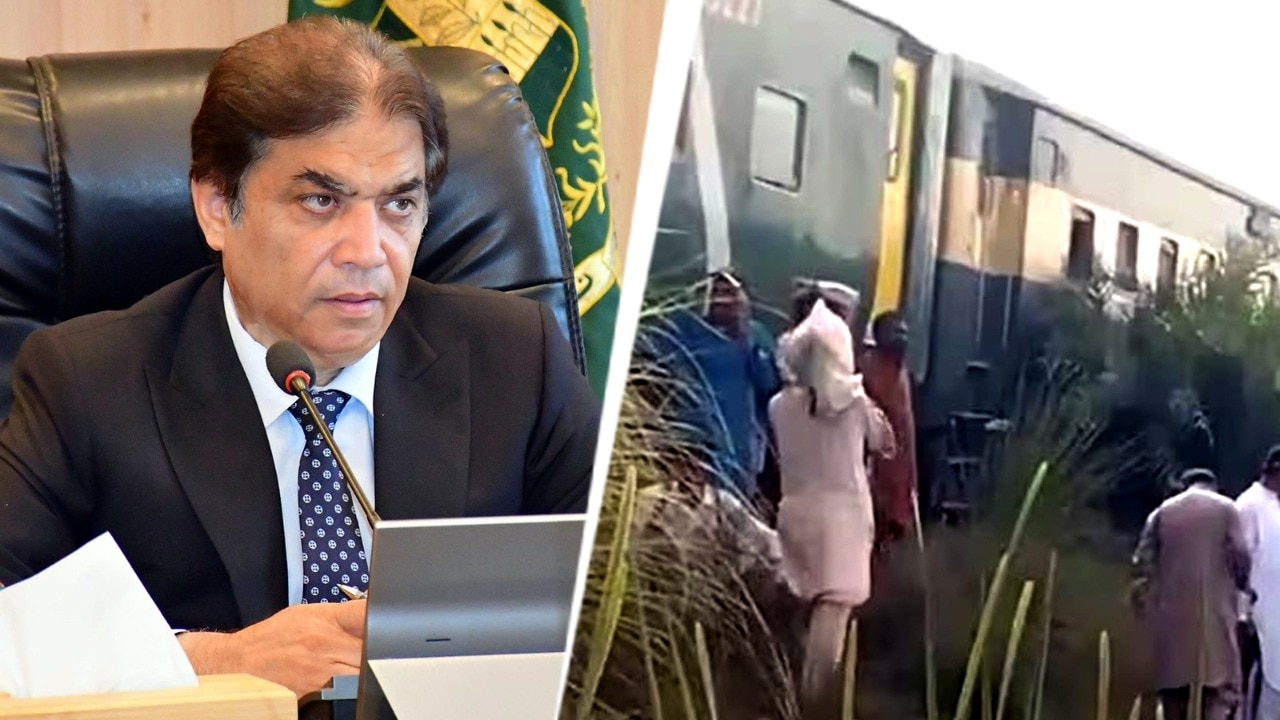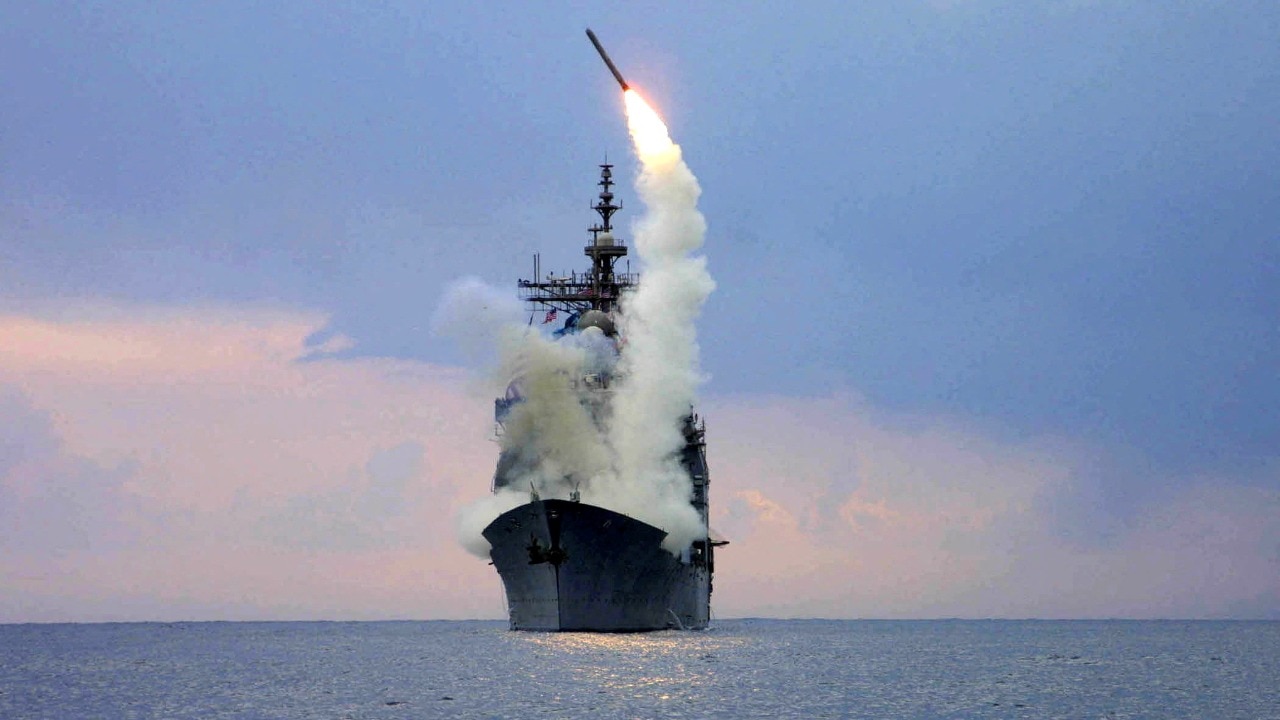It is unlikely that Vladimir Putin will arrive in Alaska on Friday to present Donald Trump with a territorial demand for the 49th state, sold by Tsar Alexander II to the US for $7.2m (£5.4m) in 1867. The Russian president, after all, has another land deal on his mind – to persuade Trump of the merits of swapping parts of Ukrainian territory in return for him perhaps agreeing to the ceasefire the US president so desperately wants, but does not know how to get.
Putin’s influential foreign affairs adviser, Yuri Ushakov, said Alaska was an “entirely logical” location for the summit, as if the hop across the Bering Strait that divides the countries is a simple trip. The gap between the US and Russian mainlands may be 55 miles, but it is roughly a nine-hour flight from Moscow to Anchorage, Alaska’s largest city. Even for Trump, travelling from Washington DC on Air Force One, it will be not much less than eight hours. Alaska is a location of mutual inconvenience, which indicates that other factors are at play.
The remote state is a long way from Ukraine and its European allies, and risks pushing both into the distant background. Though Trump seems open, in theory, to letting Ukraine’s president, Volodymyr Zelenskyy, attend, it is hard to imagine Putin being so welcoming. His prize, after all, are private talks with the occupant of the White House about sanctions, trade, the reach of Nato in Europe – negotiating tracks far beyond his latest proposals for dominating Ukraine.
Above all, Alaska is a safe place for the Russian leader to visit. Putin is still wanted by the international criminal court, accused of war crimes in relation to the forced deportation of children from Ukraine to Russia in March 2023. There is an arrest warrant out, but neither Russia nor crucially the US recognise the court. Nor are there any unfriendly countries to overfly. A trip around the top of the globe is unlikely to run into unexpected difficulties that might make travelling over the Black Sea to Istanbul in Turkey unattractive.
A casual recollection suggests US-Russia or, going back further, US-Soviet summits, have been held in cooler locations, loosely reflecting the two countries’ more northerly positions. Easily the most notable is Helsinki. It was in the Finnish capital in 2018, the last time Trump and Putin met while in office, that the US leader declared that he trusted Putin more than his own intelligence agencies when it came to allegations of interference in the 2016 US election.
Those with cold war memories will recall the Reykjavik summit of 1986, where Ronald Reagan and Mikhail Gorbachev discussed eliminating nuclear weapons, but couldn’t quite agree. Gorbachev wanted Reagan to give up testing on the star wars missile defence initiative, but the then US president would not agree to do so and the summit broke up in failure. But in the 1990s when summit meetings between the two countries were more frequent, Bill Clinton and Boris Yeltsin even met in Birmingham and Shropshire in 1998, a time when Russia had just joined what then became the G8.
Today, however, nuclear disarmament and G8 cooperation are quaint messages from a different era – one in which the group is again the G7. The Alaska meeting is only the fourth US-Russia summit since 2010 and, while it remains possible that the discussions will lead to a ceasefire in Ukraine, there are few grounds for optimism when the war continues to be fought so bitterly on the frontlines and in the rear, with Russia repeatedly bombing Ukrainian cities, trying to force its democratic neighbour into submission.

 1 month ago
1 month ago

